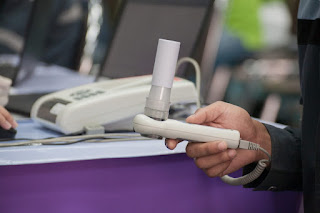Heart failure and edema: Treatment and life expectancy

cardiac pulmonary :: Article Creator Shortness Of Breath Can Be Caused By Heart Ailments Express News Service KOCHI: Pulmonary edema is a condition mostly seen in people who have a history of heart ailments. It is caused by build-up of excess fluid in the lungs, making it difficult to breathe. "Pulmonary edema is a medical condition due to sudden fluid accumulation in the lung air spaces (alveoli). In most cases, this is caused by heart and kidney diseases. When the heart's functioning reduces, blood is not pumped throughout the body (including kidneys) properly. This leads to backlog fluid accumulation in the lungs causing pulmonary edema. As there is excess fluid in the lungs, they cannot take oxygen, causing severe breathlessness," said Dr Anand Kumar V, senior consultant cardiologist at Lakeshore Hospital. Coronary artery disease and its consequences like heart attacks and post-attack sequelae causing reduced heart pumping,...




